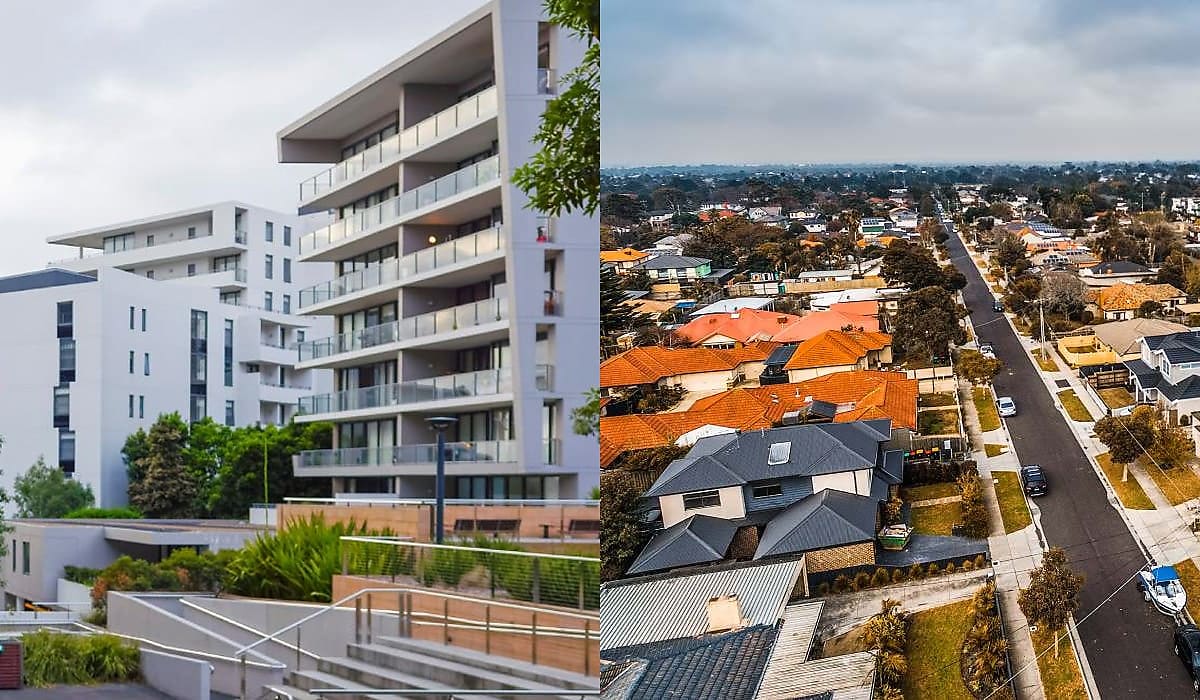Severe supply shortage wards off home price slowdown
Despite the chilly weather, Australia’s housing market remained heated over June, with the median home seeing an annual value increase of $60,000.

Australian home values rose 0.7 per cent over the month of June 2024, marking the 18th consecutive month of growth.
According to CoreLogic, Australia’s housing market has “found a groove” this year, with home values consistently rising a moderate 0.5 to 0.8 per cent month-on-month.
Research director, Tim Lawless, identified housing supply shortages as the primary impetus for this ongoing price growth.
“The housing market resilience comes back to tight supply levels which are keeping upwards pressure on values,” said Lawless.
“The persistent growth comes despite an array of downside risks including high rates, cost of living pressures, affordability challenges and tight credit policy.”
All metropolitan and regional housing markets reported an uplift in home prices over June, with the exception of Melbourne and regional Victoria.
Perth and regional Western Australia recorded the strongest price growth over the past month, with median value increases of 2 per cent and 1.5 per cent respectively. Strong growth conditions were also seen in Adelaide, regional South Australia and Queensland.
PropTrack senior economist, Eleanor Creagh, noted that ongoing challenges in the construction sector are contributing to high housing demand.
“Building activity remains challenged, resulting in the chronic shortage of housing being exacerbated by a lack of new construction,” Creagh said.
However, she projected that tax cuts and interest rate stability may enable more buyers to enter the market in the coming financial year.
“From July, tax cuts will lift household incomes increasing borrowing capacities and buyers’ budgets, further supporting price growth,” Creagh said.
“Interest rate stability has sustained buyer and seller confidence, while the continuous rise in home prices is motivating many to overcome affordability challenges and transact with the expectation of further growth. As a result, demand is outpacing supply, pushing prices and rents higher and offsetting the higher interest rate.”
While the year to come may have more growth in store, the senior economist predicted that the winter months will remain characterised by their traditional slow pace.
“Although home prices are expected to rise in the coming months, they will likely maintain a slower pace through the seasonally quieter winter period, particularly with increasing uncertainty around interest rates,” Creagh said.
Rental price growth eases
When it comes to the rental market, tenants will be relieved to hear that rental price growth is slowing compared to recent months.
The largest slowdowns were seen in capital city apartment markets, with apartment rents in Sydney, Melbourne and Brisbane all seeing notable deceleration in the speed of increases over the past financial year.
Unit rental growth in Sydney dropped 10 percentage points to 7.1 per cent over FY2024, while Melbourne units saw a drop of 14.9 per cent to 7.5 per cent over the same period.
According to CoreLogic, slowing overseas migration may be a contributor to this trend, given that Australia’s capital cities have the greatest exposure to new migrants.
Seasonal factors, such as declining demand from students in mid-year, and stretched affordability may also be significant contributors.
With national unit rents rising 22 per cent over the past two years, CoreLogic observed that “the median income household would need to dedicate 32.3 per cent of their gross annual income to rental payments, the highest portion on record”.

